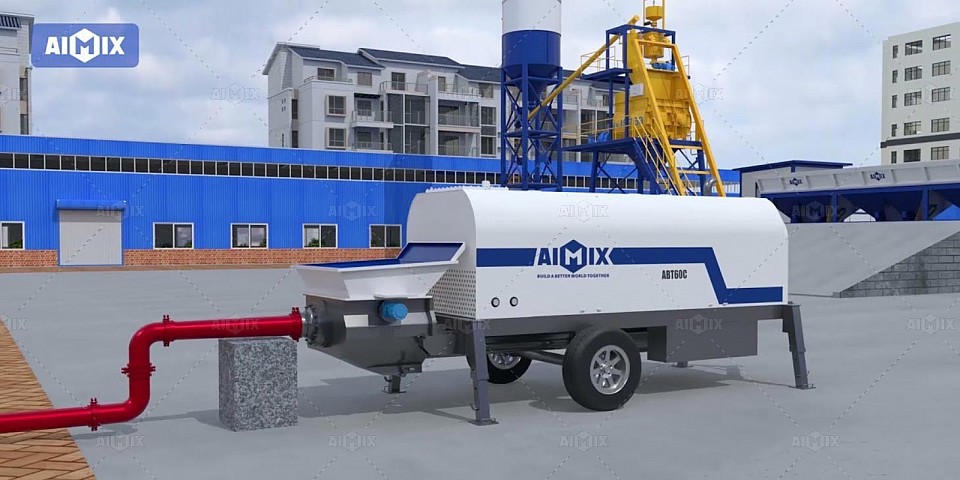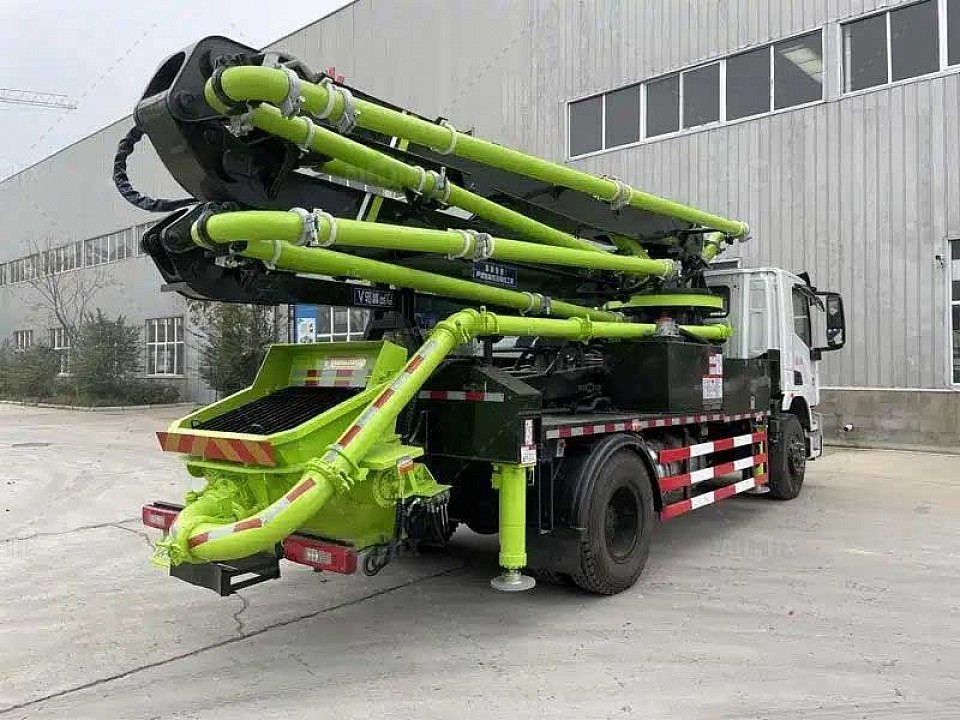Comparing Different Types of Concrete Pumps: Which One is Right for You?
Concrete pumps are indispensable tools in modern construction, designed to transfer liquid concrete efficiently and accurately to hard-to-reach areas. They play a crucial role in minimizing labor costs and speeding up the construction process. Essentially, concrete pump machine is categorized into two primary types: boom pumps and line pumps, each serving distinct purposes and offering unique advantages.
In-Depth Look at Various Concrete Pump Types
Boom Pumps: Capabilities and Applications
Boom pumps, equipped with a robotic arm (boom), are used to pour concrete at high elevations and difficult-to-access locations. These pumps are mounted on trucks, allowing them to be easily transported to various sites. The boom's flexibility enables precise placement of concrete, making it ideal for large-scale projects such as high-rise buildings, bridges, and expansive commercial complexes. The automated boom can reach over obstacles, deliver concrete with pinpoint accuracy, and significantly reduce the need for labor, making it an invaluable asset for contractors.
Line Pumps: Versatility and Usage
In contrast, line pumps, also known as trailer-mounted pumps, offer unmatched versatility. They are connected to hoses that can be extended as needed, allowing for concrete delivery to locations where boom pumps cannot reach. Line pumps are perfect for smaller projects, such as residential constructions, sidewalks, and swimming pools. Their portability and ease of setup make them suitable for jobs requiring frequent relocation. Despite their smaller size, line pumps are powerful enough to handle a variety of mixes and can deliver concrete over considerable distances. That makes them an adaptable concrete solution choice for many contractors.
Specialized Pumps: Unique Features and Benefits
Specialized pumps, including truck-mounted static pumps and rail-mounted pumps, cater to niche applications where standard boom or line pumps might fall short. These pumps come with unique features tailored to specific requirements. For instance, truck-mounted static pumps are designed for extended pumping distances, while rail-mounted pumps are optimized for tunnel construction and other subterranean projects. These specialized pumps provide solutions for challenging environments, ensuring that concrete delivery is efficient and effective regardless of the project's complexity.
Choosing the Right Concrete Pump for Your Project
Assessing Project Requirements
Choosing the right concrete pump hinges on understanding the specific needs of your project. Begin by assessing the scale and nature of the work. For large, vertical structures, boom pumps offer unparalleled reach and efficiency. If your project involves horizontal work with frequent movement, line pumps are more suitable due to their flexibility. Additionally, consider the type of concrete mix and the required flow rate to ensure the pump can handle the material effectively.
Evaluating Cost and Efficiency
Cost and efficiency are critical factors in the decision-making process. Boom pumps, while more expensive, can significantly cut down on labor and time, leading to long-term savings. Line pumps, though cheaper initially, may incur higher labor costs due to manual handling. Weighing these factors against the project's budget and timeline will guide you towards the most economical choice.
Long-Term Considerations and Maintenance
Finally, consider the long-term implications of your purchase. Maintenance requirements, ease of operation, and the availability of parts and service should influence your decision. A pump that is easy to maintain and comes with reliable customer support will ensure longevity and consistent performance, protecting your investment over time.


